- 全部删除
 您的购物车当前为空
您的购物车当前为空
CNTF Protein, Mouse, Recombinant
一键复制产品信息产品编号 TMPS-00181
CNTF Protein, Mouse, Recombinant is expressed in E. coli. The accession number is P51642.

CNTF Protein, Mouse, Recombinant
一键复制产品信息产品编号 TMPS-00181
CNTF Protein, Mouse, Recombinant is expressed in E. coli. The accession number is P51642.
| 规格 | 价格 | 库存 | 数量 |
|---|---|---|---|
| 5 μg | ¥ 819 | 6-8日内发货 | |
| 10 μg | ¥ 1,360 | 6-8日内发货 | |
| 20 μg | ¥ 2,250 | 5日内发货 | |
| 50 μg | ¥ 4,430 | 5日内发货 |
大包装 & 定制
加入购物车
TargetMol 的所有产品仅用作科学研究或药证申报,不能被用于人体,我们不向个人提供产品和服务。请您遵守承诺用途,不得违反法律法规规定用于任何其他用途。
资源下载
产品信息
| 生物活性 | Activity has not been tested. It is theoretically active, but we cannot guarantee it. |
| 产品描述 | CNTF Protein, Mouse, Recombinant is expressed in E. coli. The accession number is P51642. |
| 种属 | Mouse |
| 表达系统 | E. coli |
| 标签 | Tag Free |
| 蛋白编号 | P51642 |
| 别名 | Ciliary neurotrophic factor |
| 蛋白构建 | Ala2-Met198 |
| 蛋白纯度 | > 95% as determined by SDS-PAGE; > 95% as determined by HPLC |
| 分子量 | 22.5 kDa (Predicted) |
| 内毒素 | < 1 EU/μg of protein by LAL method |
| 缓冲液 | Lyophilized from a 0.2 µm filtered solution in 2 × PBS, pH 7.4, 2 % trehalose. |
| 复溶方法 | It is recommended that this vial be briefly centrifuged prior to opening to bring the contents to the bottom. Reconstitute the lyophilized powder in sterile distilled water or aqueous buffer containing 0.1 % BSA to a concentration of 0.1 mg/ml. |
| 存储 | Upon receiving, this product remains stable for up to 6 months at -20°C or -70°C. Upon reconstitution, the product should be stable for up to 1 week at 2-8°C or up to 3 months at -20°C. Avoid repeated freeze-thaw cycles. |
| 运输方式 | In general, Lyophilized powders are shipping with blue ice. Solutions are shipping with dry ice. |
| 研究背景 | Ciliary neurotrophic factor (CNTF) is a polypeptide hormone whose actions appear to be restricted to the nervous system where it promotes neurotransmitter synthesis and neurite outgrowth in certain neuronal populations. CNTF was initially identified as a trophic factor for embryonic chick ciliary parasympathetic neurons in culture. Furthermore, the protein is also a potent survival factor for neurons and oligodendrocytes and may be relevant in reducing tissue destruction during inflammatory attacks. In addition, CNTF is useful for treatment of motor neuron disease and it could reduce food intake without causing hunger or stress. Recombinant murine CNTF containing 198 amino acids and it shares 82 % and 95 % a.a. sequence identity with human and rat CNTF. |
计算器
SCI 文献
技术支持
请阅读 重组蛋白用户指南 了解更多具体信息.










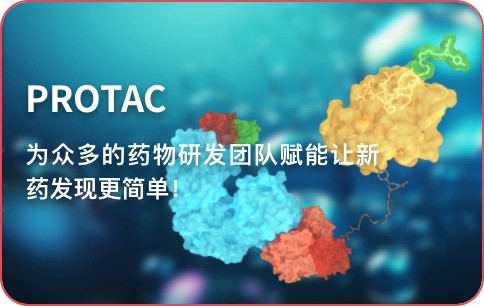






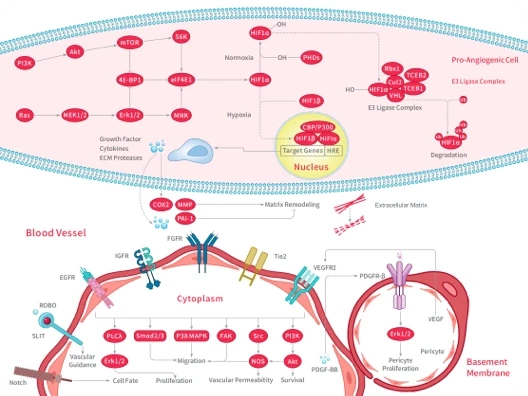
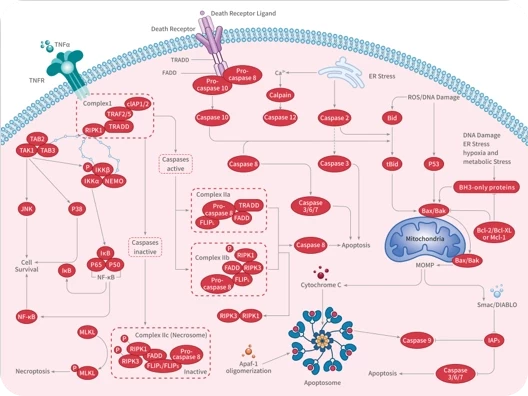
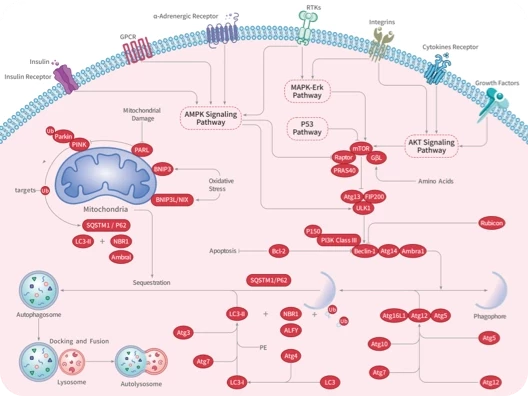


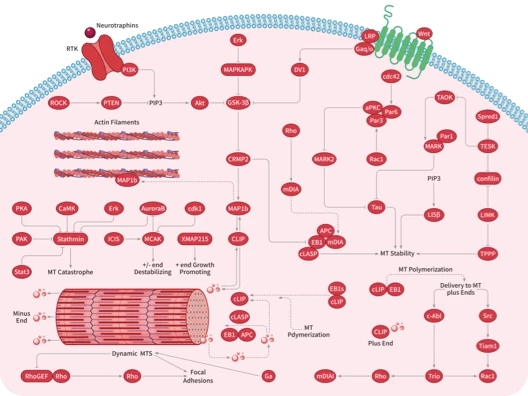
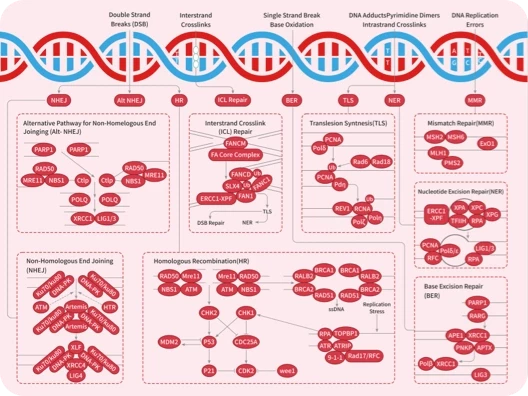

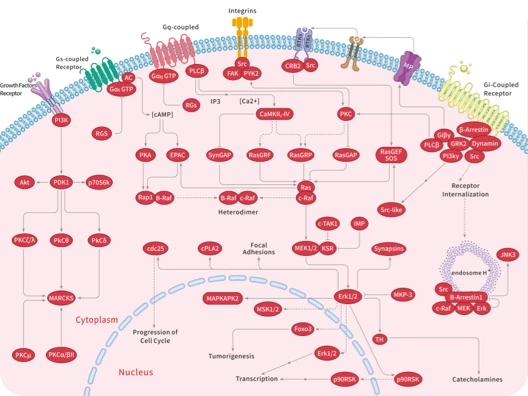
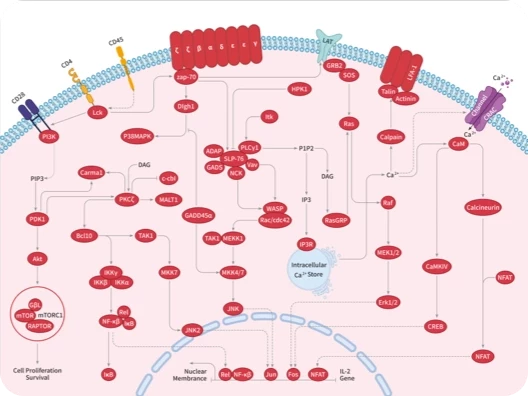
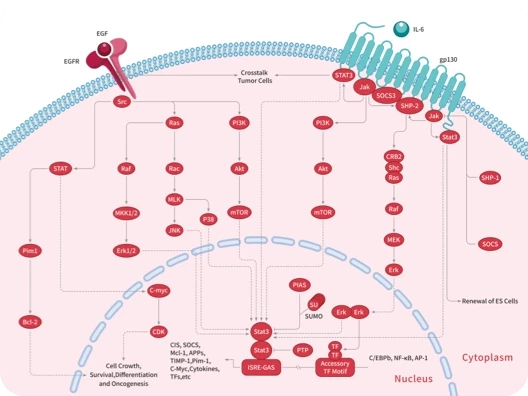
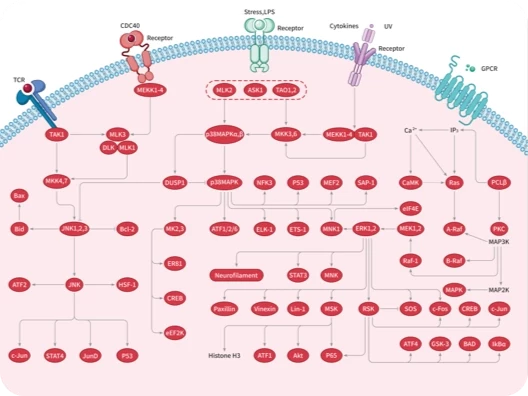


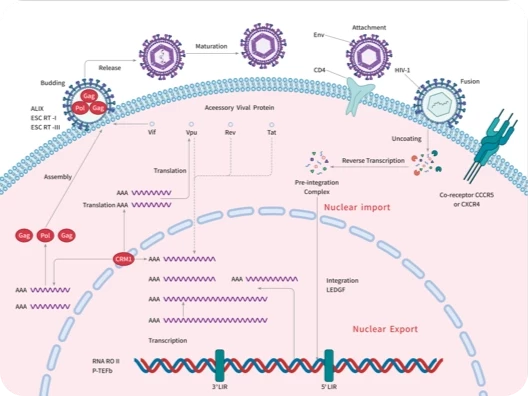

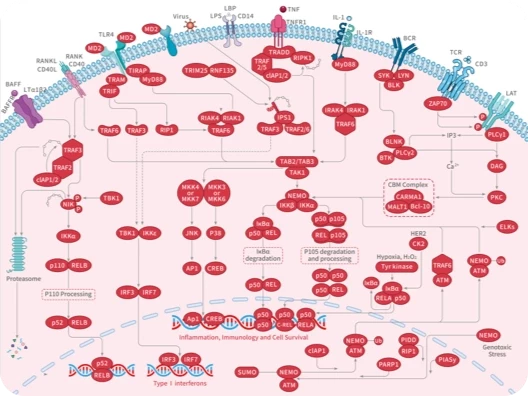
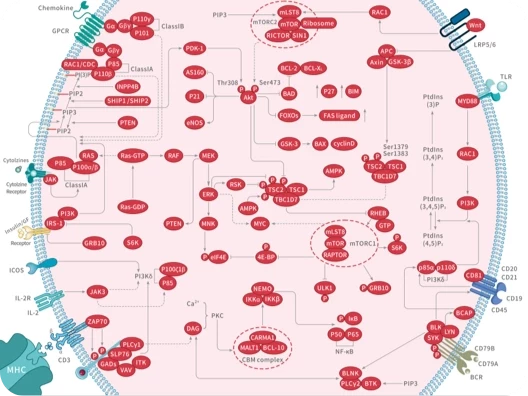
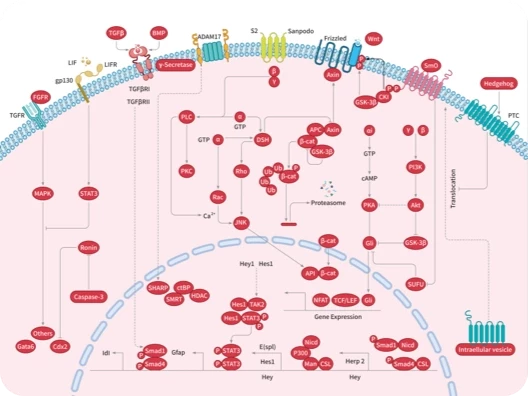

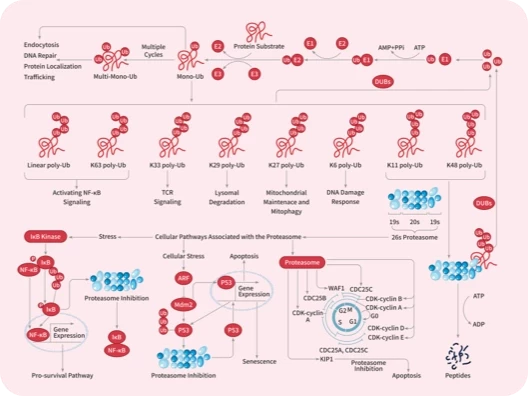


 |
|